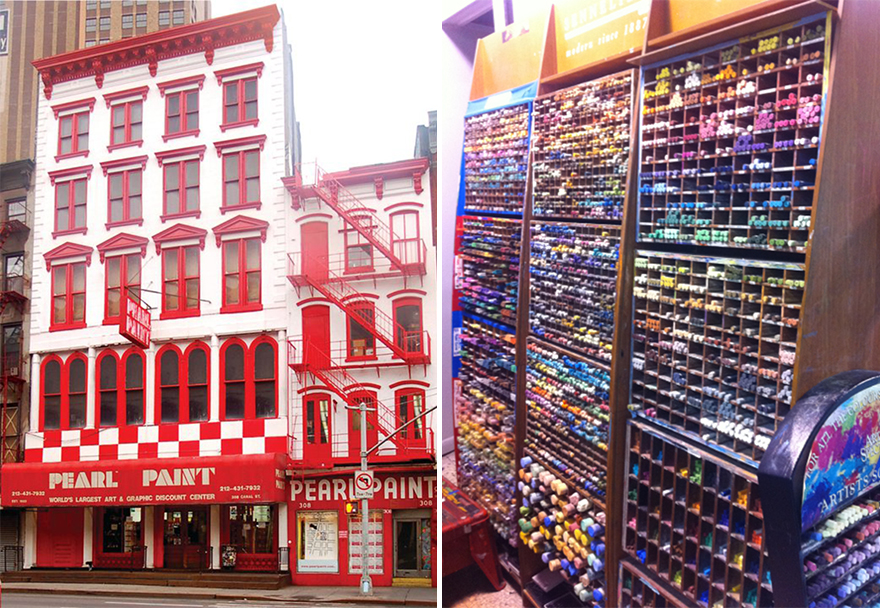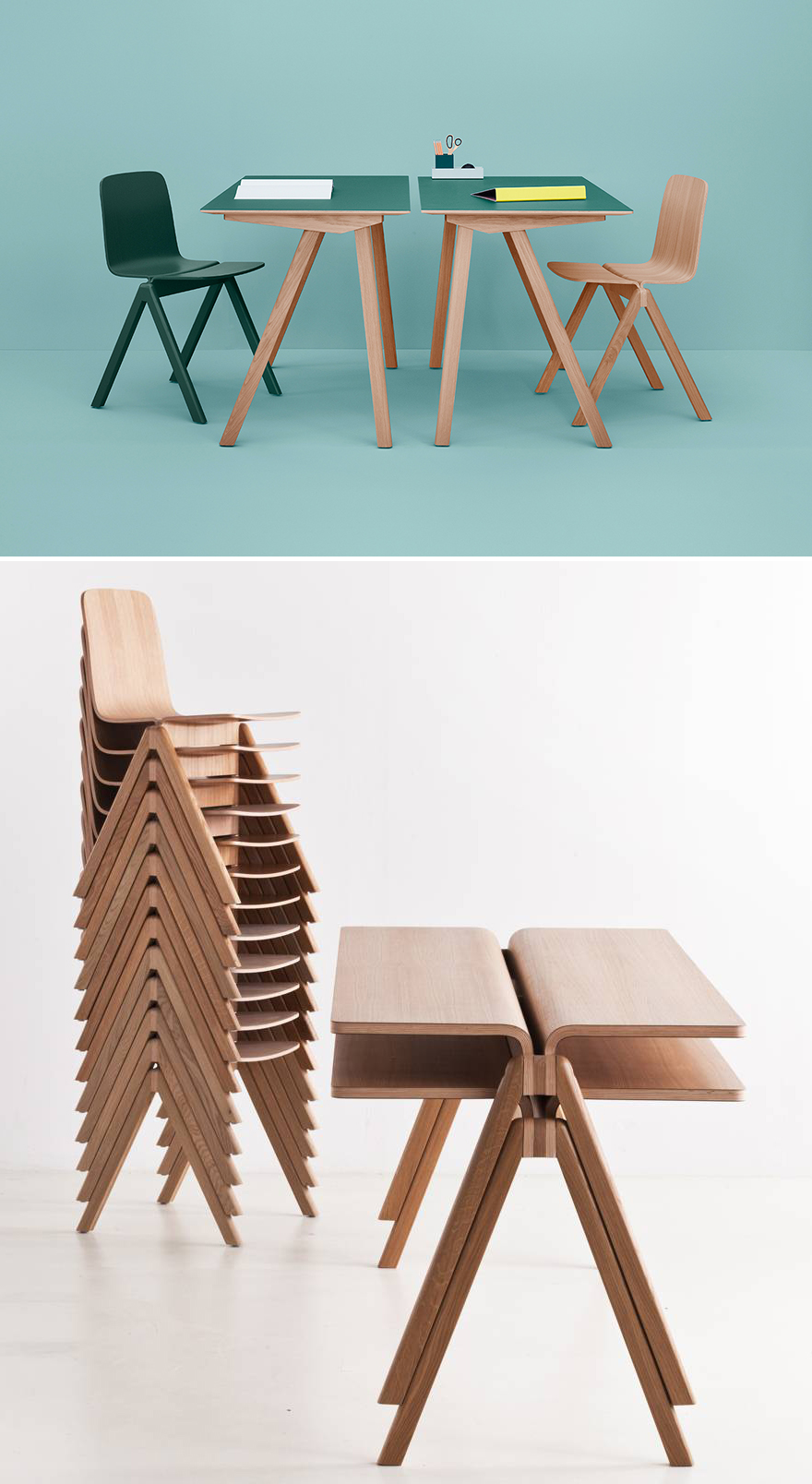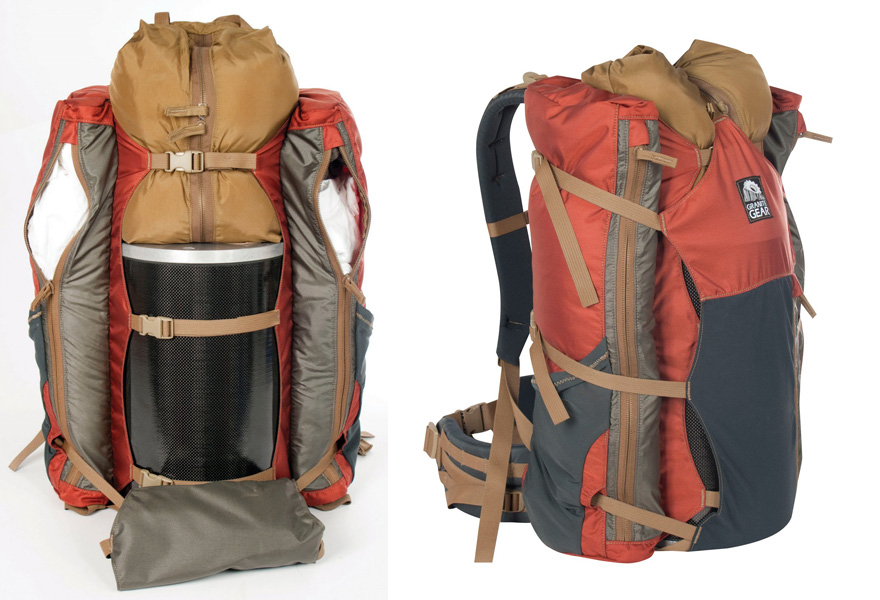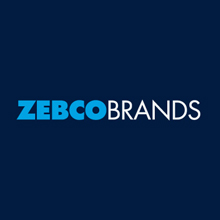![GGnimbuscorefront_1.jpg]()
This is the last in a three-part series featuring the Mikes of Ultralight—lightweight hiking packs and the designers who love them. We previously interviewed Mike St. Pierre of Hyperlite Mountain Gear and Mike Pfotenhauer of Osprey Packs.
Granite Gear is an outdoor gear company started by outdooring obsessives back in 1986. Like many successful names in the outdoor game, their focus has been balanced between innovation and pragmatism. As co-founder Dan Cruikshank puts it, "If someone else is already doing a great job with a certain product, we say good for them, but if we can take it to the next level and improve, we will." As a result, Granite Gear is well known for making sturdy and attractive ultralight packs, (and plenty of other accessories) with a sharp focus on adaptability for personalized fit. I spoke with Michael Meyer, Granite Gear's Director of Design and Development, to dig into how they make their ultralight gear work right.
Core77: Tell me about your design background.
Michael Meyer: My first real job was designing backpacks and luggage for High Sierra, where I worked for four and a half years and learned a lot about backpacks and luggage. From there I went on to Under Armour where I was the senior product designer for bags—duffel bags, sport bags. They were bringing it in-house after have been licensing it, so we built the program from the ground up and lead it into what it is today. I was there a hair over three years. From there, I came to Granite Gear, where I have been as the director of design and development the last year. Granite Gear has always been a tried-and-true hardcore outdoor company, and we're looking to grow and move into new product categories. We're already deep into the outdoor hiking and climbing packs, and the company wanted to get more into the day-to-day backpack, campus bag, the back-to-school market, as well as adventure travel gear, which is essentially luggage.
What's your outdooring background like?
The outdoor industry is a great fit for me. I always loved to spend as much time as possible outdoors. I got into cross country running, I'd do day hikes and trips, kinda weekend warrior hiking trips. And did cross country all the way through highschool and college, so I'd spent a lot of time outdoors, which is what sparked me to start designing gear for the outdoors. It's what pushed me into my first real job at High Sierra.
Describe the Granite Gear design team.
A couple new faces and a couple of old faces: Dan is one of the founders of the company—which is 28 years old now—and he's not a classically trained designer as I would say I am; he's experience-based, kind of taught himself. Dan is involved in the design process as much as possible. Our design team is currently myself; Associate Product Designer Ben Landry; a design intern, David, who's about to graduate this year from my alma mater; and a senior level graphic designer who's been with us for about eight years. That's us in a nutshell right now. In the near future we're hoping to hire our intern as an associate product designer, and hire another senior level graphic designer, and we're always going to do the intern program every summer.
Walk me through your design process.
We've been very fortunate to work with a number of athletes who we sponsor. A key guy is Justin Lichter, whose trail name is Trauma. He's authored a number of books on it, the latest is the The Ultralight Survival Kit. He's a younger guy and he's worked with us from soup to nuts, with what to do to make things lighter.
As with all our gear, they're very, very, very function driven, even more so with ultralight packs. These guys will go out on day hikes, week hikes, sometimes even longer, and they really like to tailor their packs to do what they need them to do. So we wouldn't design a pack and say "Trauma, here's our ultralight pack and it has a maple core frame sheet"—we do have a pack with an actual maple-ply frame sheet, which is super innovative. It's lightweight but it's not ultralight. These guys are going out there with effectively no frame, or very little stability in their back. If something's going to be ultralight, we'll use the lightest fabrics, whether it be silicone, nylon, or cuben fiber. Cuben fiber is non-woven dyneema that's layered into what could be called a textile. It's super light and strong.
We always use the smallest possible width of webbing, the actual difference in the webbing doesn't make much difference in weight savings between 5mm and 10mm, but what it does do is when you use 5mm webbing you can use 5mm hardware. All the buckles or ladder locks—that's where the weight begins to accumulate. If you can use 5mm hardware instead of 10, you're going to save an ounce across the bag since you'll have six buckles and eight ladderlocks. Every little area helps to add up to the whole project.
![GraniteGearComposit.jpg]()
(more...)![]()
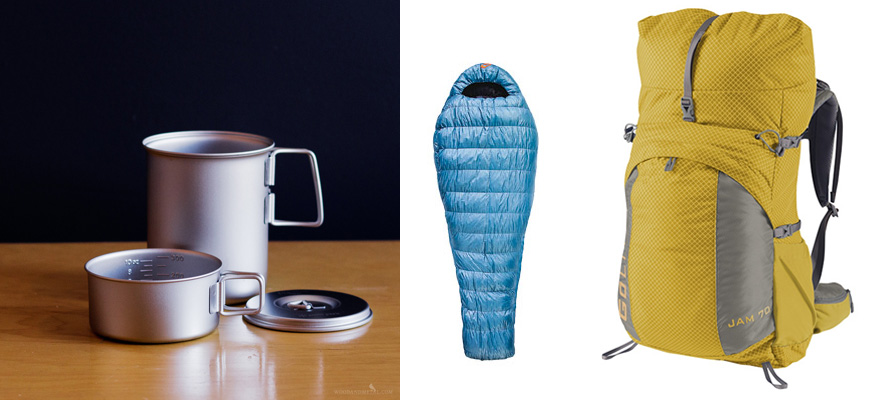















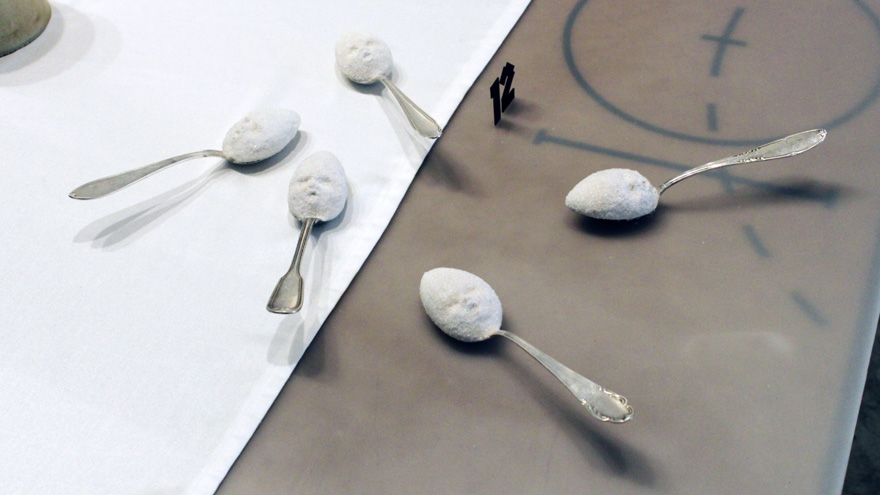



 All photos by Omar Nadalini
All photos by Omar Nadalini

